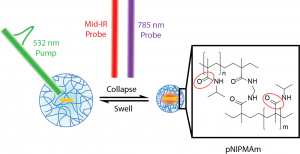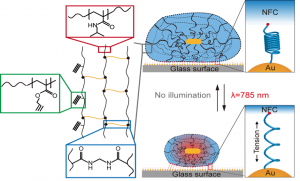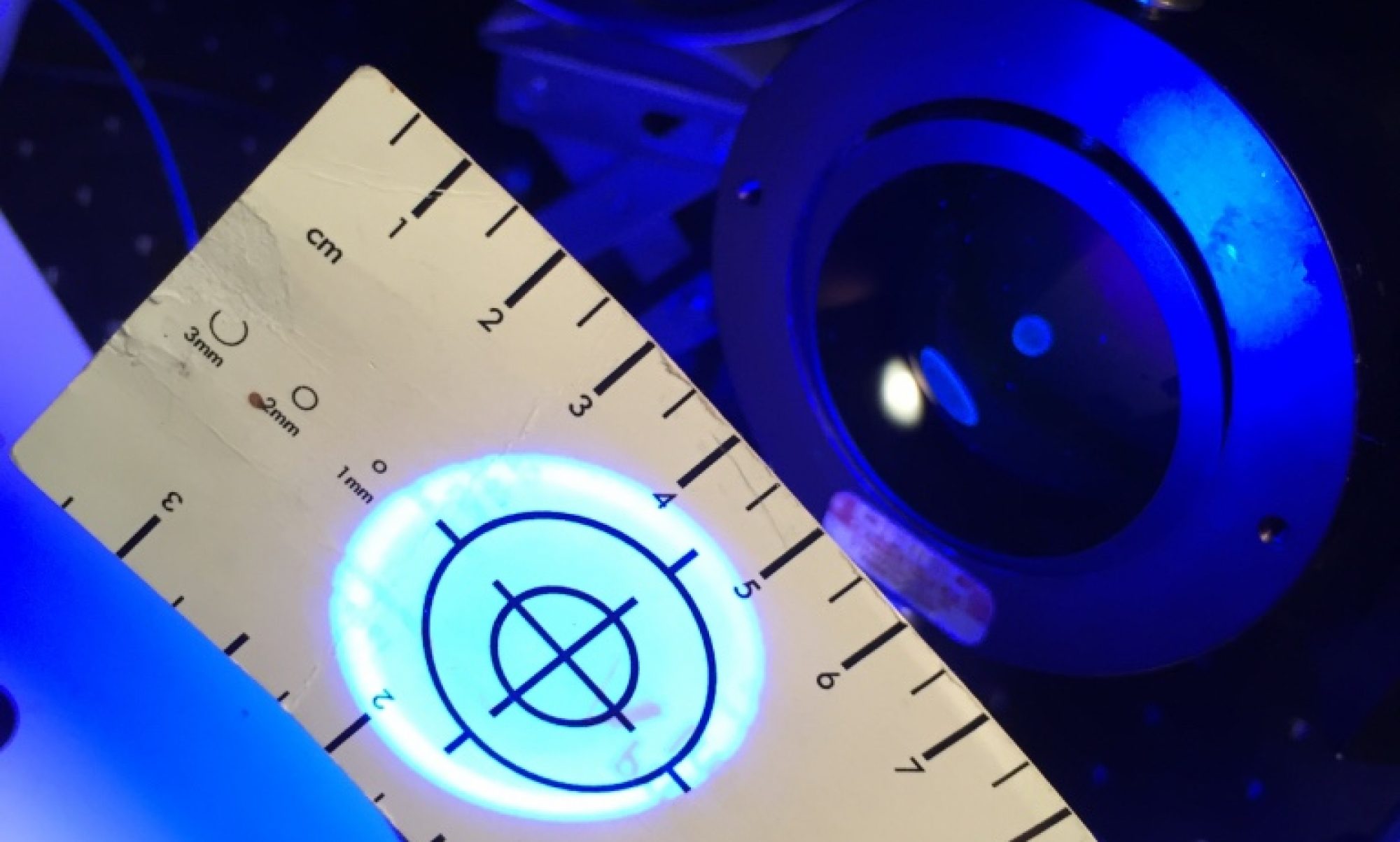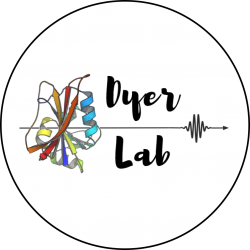
Active collaboration with the Salaita Lab at Emory/GaTech
Optomechanical actuator (OMA) nanoparticles are a highly tunable nanocomposite material; by tuning the power of a visible pump beam, one can modulate the heat generated by a gold nanorod (AuNR) contained within a polymeric shell. If sufficient heat is generated, the polymer, a collapsable hydrogel, is thermally triggered to shrink. This induced collapse can be monitored using time-resolved visible or infrared spectroscopy.

These OMA nanoparticles function as an excellent experimental tool, capable of harnessing the input photon energy to deliver piconewton (pN) mechanical inputs to conjugated biological systems with high spatio-temporal resolution. Tunability is of particular importance for OMA implementation in mechanobiological studies, as these applications require the delivery of a precise amount of mechanical force without thermal denaturation or alteration of the native properties of the biological sample.
This technique could also be more broadly applied, specifically in emerging applications such as remote-controlled drug delivery and nano-robotics. For example, this light-induced collapse/swell cycling of the OMA polymeric shell could function much like native muscle tissue, providing a synthetic alternative to our native biology.

DARPA 15-35FP-026, 11/2015-5/2018 “Programmable Self-Assembled Artificial Muscles”

